Taking part in a trend that isn’t making gamers happy, the early access ARK: Survival Evolved now has its first DLC, titled Scorched Earth, available to buy.
For the moment we’ll avoid the ethical questions about releasing paid DLC for an unfinished, un-optimized game and instead focus on staying alive in the inhospitable desert conditions of Scorched Earth.
Getting Started In Scorched Earth
To actually play the new content, you first have to switch over to the “Scorched Earth” or “Ark + Scorched Earth” servers using those tiny little gray buttons under the “Session List” heading, which isn’t immediately apparent.
 Welcome to an arid wasteland where water is scarce!
Welcome to an arid wasteland where water is scarce!
Next up is choosing a spawn region, and there’s a tactical choice to be made here when first starting out before you’ve learned the areas. Even though it shows as “easy,” I’ve found the Midlands 4 area to be immediately deadly more often than not.
Clearly there are some kinks to be worked out still, as once I spawned being eaten by a dire wolf as soon I appeared with no option to do anything but die. Several times I’ve been immediately attacked by high level killer ants that can’t beat with fists and won’t ever stop following you, so I recommend starting somewhere else before you get the hang of the DLC’s new content.
Changes From The Base Game
First and foremost, all food – whether meat or plant – spoils much more quickly in Scorched Earth than in the base game. You either need to harvest more often, or instead you can preserve your food for longer periods with salt, a new kind of material introduced in this DLC.
The heat of Scorched Earth doesn’t just make your food spoil faster, either. It also makes your water level drop significantly faster than in the vanilla game.
There are some key ways to get around this, but the easiest when you have no weapons or resources is the water jug bug, which you can drink from once before it flies away. These creatures can be found in large swarms in the MIdlands area, or even traveling singly across the entire map.
 This guy will be your friend until you find a more stable water supply
This guy will be your friend until you find a more stable water supply
The water jug bug is just one option, and there are more for staying hydrated. Notice all the giant cacti dotting the landscape? Your water level actually goes up when harvesting from these large cacti (the small ones on the ground level do nothing in terms of water). Harvesting from cacti also yields cactus sap, which oddly only raises your food level and not your water level, despite what the text might imply.
When you get tired of tracking down cacti and water jug bugs, it’s time for a more long-term solution: building your own water well. This engram is available after you pick the Large Storage Box engram, and it requires 30 Thatch, 20 Fiber, 15 Cementing Paste, 50 Stones, and 10 Flint to build.
Aside from the environmental differences, Scorched Earth features a bevy of new creatures, including the wyvern, which lets you fly around and just generally wreak devastation on anything that doesn’t flee before your airborne wrath – if you can tame one.
Much less awe-inspiring but perhaps even more important is the adorable little jerboa. While you can kill and harvest these doe-eyed wonders, taming one immediately should be a top priority, as its weight reduction ability means you can carry more around in the desert.
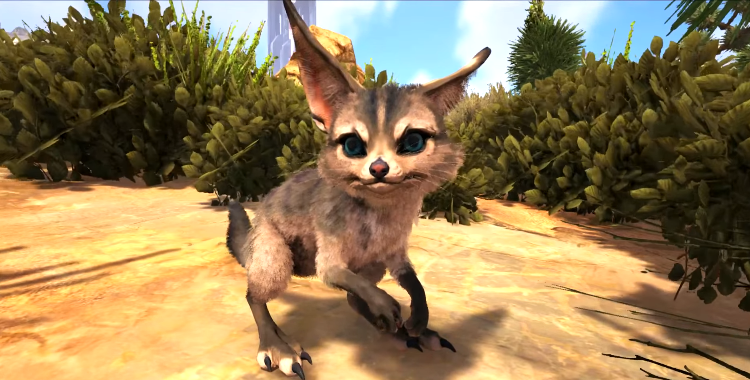 How could you bring yourself to hurt something this cute?
How could you bring yourself to hurt something this cute?
Scorched Earth Materials And Structures
In addition to all the base materials, there are actually several new items to be found while harvesting from foliage. These are the new Scorched Earth material additions:
- Cactus Sap
- Plant Species Y Seed
- Salt
- Sand
- Silk
- Sulfur
Some of the new materials are harvested from multiple sources, and they aren’t always super intuitive. For instance, you don’t usually get sand from grabbing at obvious sand patches, but rather from grabbing at rocks and flowers on the ground, or even from harvesting large rock formations.
Sulfur meanwhile is usually found in the mountainous regions from yellowed stones. Silk can be acquired in very large quantities, very quickly, by harvesting from the purple flowers while you have a sickle equipped or from dead moths.
Besides water and cactus sap, cacti also yield the critically important Thatch – and deal less damage to you when hitting with your fists than trees do, making it easier to get a stone pick faster at the start of a game.
On the normal materials present in the base game, Fiber is super easy to come by in large quantities from the foliage on the ground, while Flint is easily available by hitting any of the rocks with a stone pick.
Wood, Berries, Fiber,and Thatch can be picked up from the short spiky trees without having to punch or use a tool – making them important for health conservation or grabbing those last few resources to build a spear or piece of clothing.
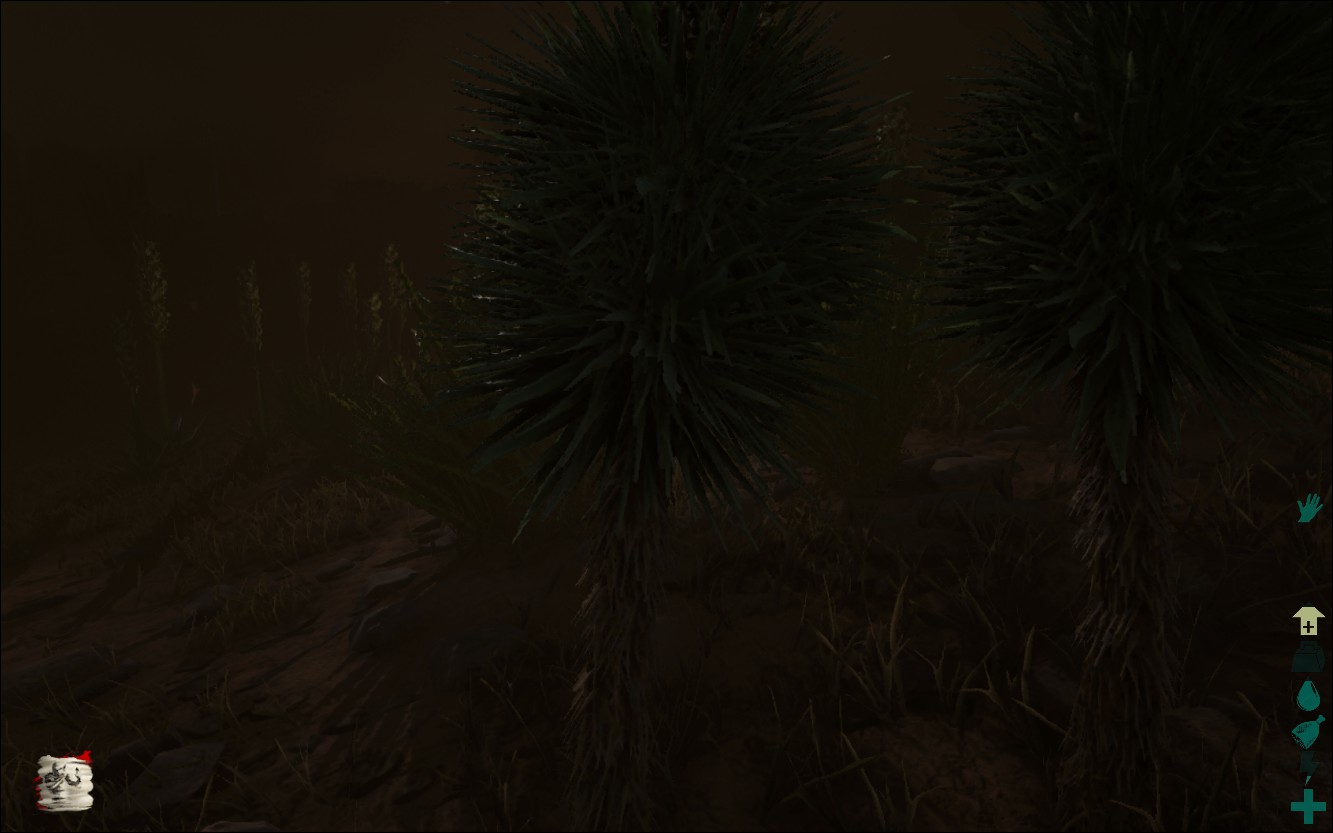 These guys break quickly, but give multiple resources at once
These guys break quickly, but give multiple resources at once
Because of the high heat, there are some different building types you should be using from the base game. Essentially, you should always build thatch instead of wood or metal, as those kinds of structures won’t actually keep you cooler in Scorched Earth.
One of the best options for structures that protect against heat comes available when you hit level 10. The all-important tent can be made from 50 Hide, 25 Thatch, 10 Fiber, 15 Wood and 10 Silk and lets you quickly get out of the elements during heat and cold waves or sandstorms.
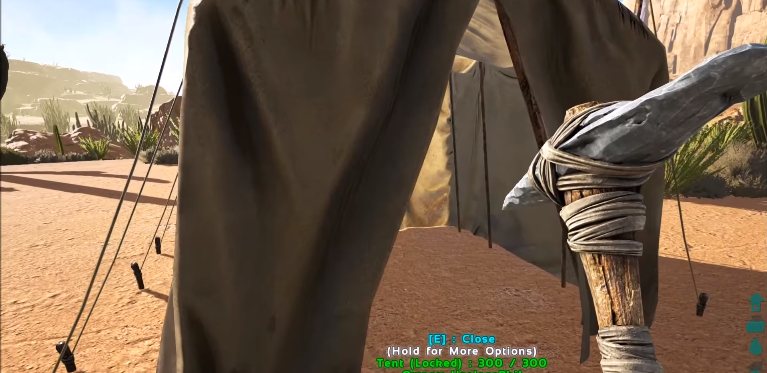 Always be ready to quickly craft a tent!
Always be ready to quickly craft a tent!
That’s all the basic strategy you need to get started with ARK’s first DLC. Up next we’ll cover taming wyverns, the new engrams available in Scorched Earth, and more.

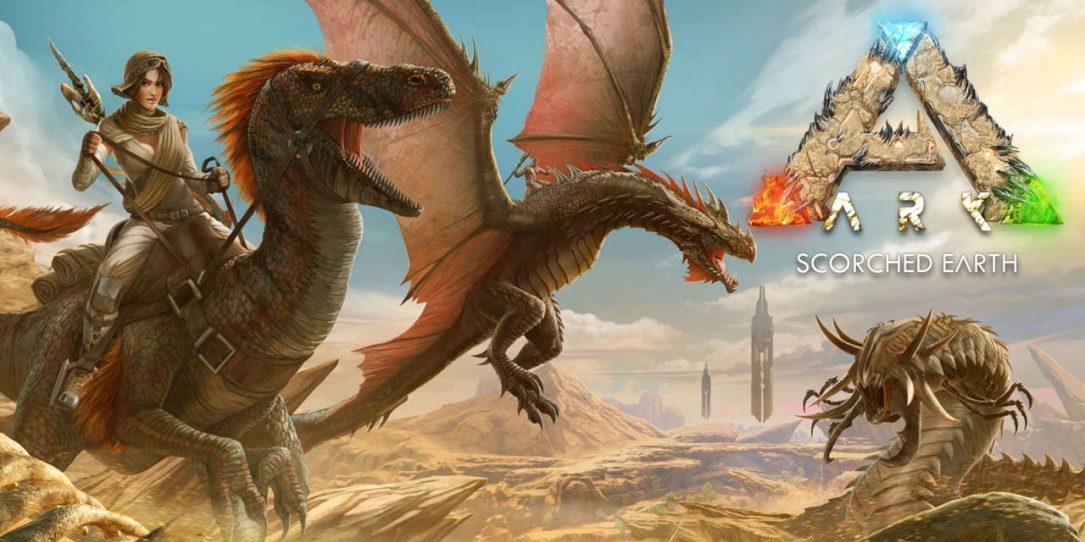
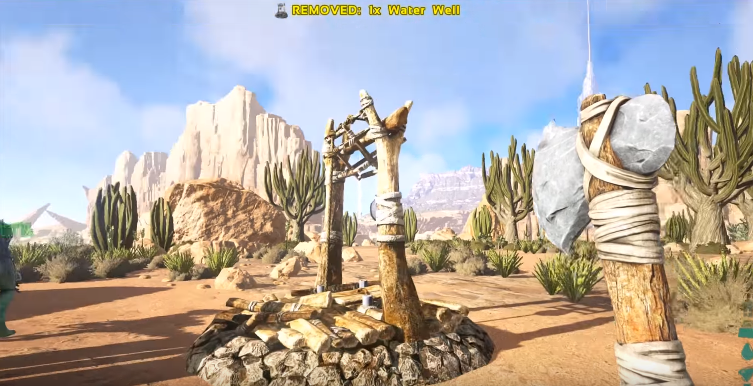





Published: Sep 7, 2016 12:28 pm